Swedish death cleaning is a slow method of preparing your household for the later years in life. The term became more broadly known through Margareta Magnusson‘s book, Döstädning. The Gentle Art of Swedish Death Cleaning, which received mixed reviews. If you’re unfamiliar with the concept, I did a review of the slim volume, which you can find in my death cleaning book notes.
In essence, death cleaning is a successive form of decluttering and tidying aimed at reducing your loved ones’ burden after your departure from this world. It’s about paring things down whilst you still have the energy so that they don’t have to deal with your stuff. About giving thought to the simple fact that you cannot take your household with you when you pass.
It’s such a slow home organisation process that I describe it as the polar opposite of Marie Kondo’s Tidying Up method.
The book is not at all morbid and the author’s anecdotes actually give rise to a few good chuckles. One of the biggest points of critique, however, was that Mrs Magnusson didn’t actually offer up any sort of “how-to” guideline in her book. When should you start? Where should you start? How long does it all take? When is everything done?
Since I’ve taken Döstädning as my own north star for decluttering at home, I came up with a simple checklist you might also find useful. Let’s dig in!
Table of Contents
Timeline: How Long Should Death Cleaning Take?
If you were to start death cleaning today and you’re somewhere between the ages of 50–60, you could easily take a few years with the process. Or rather: it’s entirely up to you how long you want it to take. Are you planning on downsizing, selling your place, and retiring somewhere warm in a few years? If so, you’ll want to step up your game to sort things out more quickly.
Or perhaps you’re like me. Still chugging along with work and life, and not quite sure yet where things are going to take you. In that case you could easily see your death cleaning process take a decade or so.
If this all sounds too nebulous and you’re somewhere in the middle, or if you’re much younger and just want to streamline your wardrobe and household inventory, you might want to work with a one-year or three-year time frame for this Swedish death cleaning checklist.
While the point of the popular Konmari method is to ask yourself how you feel about your possessions, Swedish death cleaning is focused on assessing how your loved ones will feel about your stuff. Will they want to deal with it all? Should they really even know about it all? Who gets what when you’re gone?
There are lots of benefits to the Swedish decluttering method but one I love most is that once you start the process, it makes you much more cognisant not only of how much you’ve already amassed, but how you can prevent the further accumulation of stuff. Letting things pile up will only cramp your home now and burden your people later on.
Swedish Death Cleaning Checklist
Swedish death cleaning is not going to replace your other home organisation routines. In fact, you’ll still want to continue doing your regular bursts of decluttering and, of course, cleaning. Generally speaking, your first starting point is simply letting your family or people know that you’re starting. This way they can support you. Plus, you can involve them directly by asking, for example, if they want certain things from your household.
Once you’ve got a small support network squared off, it’s best to start working through the Swedish death cleaning checklist by tackling the big stuff first. That way, you won’t get held up perusing old memorabilia and sentimental items. Those nostalgic things like old letters, scrapbooks and photographs can be saved for last when you have the time to pour over them with the attention they will command.
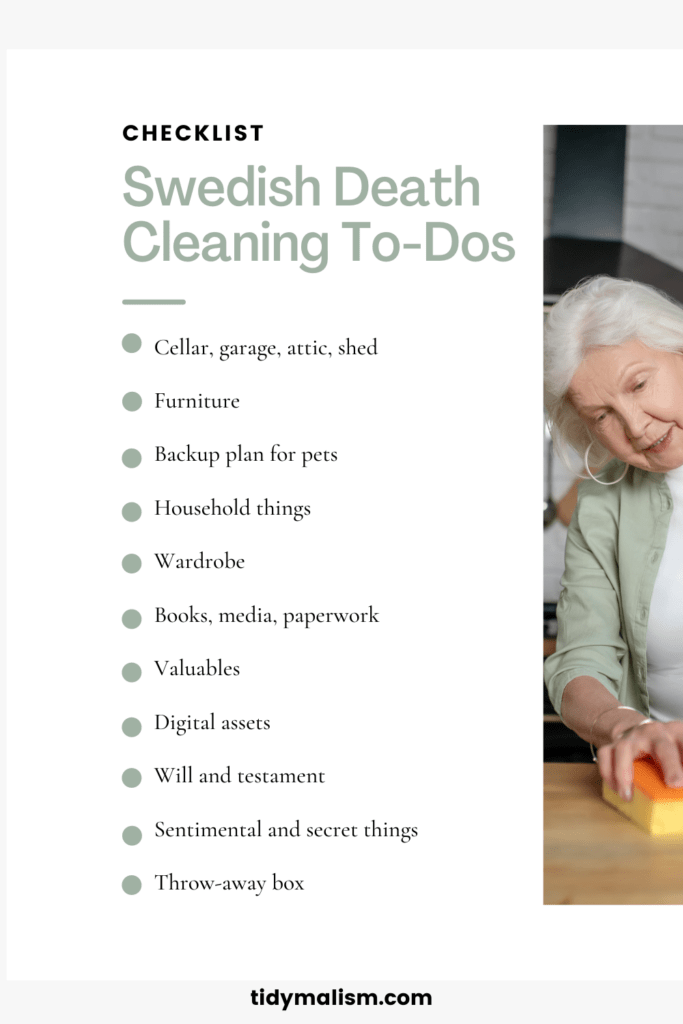
Cellar, Attic, Garage, Shed
Start off your death cleaning process by going in for a big win. Clear out all that stuff that’s piled up in out of sight in places like the basement, garage, attic, or garden shed. Depending on whether you have a condo, apartment or house, this could take you anywhere from one weekend to a year.
Have any junk picked up by the junkyard or a professional decluttering service. They’ll ensure it gets properly recycled at the municipal compound. If you have duplicate items, for example multiple snow shovels, keep one and give the others away. If nobody in your family or neighbourhood wants them, giving them away through your local classifieds for free is a great option.
Assess the value of anything you no longer need, but is in good condition. If you started having the landscaper mow your lawn throughout the summer, for example, perhaps you can sell your tractor lawn mower.
Have some great pieces of furniture in the cellar? Or some 1970s vintage gems that would delight hipsters? List those things for resale. You’ll make some cash while clearing out your space. Win-win!
Depending on your region and country, you might want to use eBay, Facebook Marketplace, Craigslist or any local platforms to sell your stuff. Check out my article on Getting Rid of Stuff After Decluttering for more help and ideas for gifting, donating, recycling, and re-selling.
Furniture
Once you’ve gotten all of those out of sight/out of mind areas in check, it’s time to tackle another big ticket. Furniture! Now, you don’t want to go and give everything away just yet. After all, you still need a couch to sit on and a kitchen table to eat at.

What you can do now though, is get rid of anything that is broken, anything no longer in use, any duplicates, or any pieces of furniture you just don’t like. As with your cellar and garage, work with your junkyard vendor to have stuff picked up, ask your family and neighbours if they’d like anything, and utilise your local classifieds to clear out the clutter.
Once those pieces of furniture are out of the way, ask your circle of people who would like what out of your remaining inventory. For example, if your niece says she loves your sitting room bookcase yet you know you’re definitely keeping it for now, make a note of her name in your home inventory spreadsheet. Or, simply stick a label on the bottom bookshelf with her name on it. While you’ll still continue using the bookcase, it’s one less thing now you need to be concerned with and you can consider it out of the way.
It makes sense to proceed on a room-by-room basis when decluttering and downsizing your inventory of furniture.
Make a Plan for Pets
If you have pets, now is an excellent time to start thinking about who might be willing to take them in if something happened to you. These are conversations it’s never too early to start initiating, especially if you live alone.
It would be heart wrenching for your pets to land in the municipal animal pound at your passing. Remember, dogs often live up until the age of 16 years or so, and some birds live 80 years! These are highly intelligent creatures who relied on you and loved you. They will become depressed if you depart. It’s better to alleviate as much further stress on them as possible by ensuring they’re cared for. Ideally, by someone they know and like.
Household Things
Linen closets, kitchen appliances, office, art, and craft supplies, hobby gear, knickknacks: these are some examples of the categories you will want to start combing through sooner than later.
I suggest breaking up this part of the Swedish death cleaning checklist into rooms. Or by floor if you live in a multi-storey house.
For example, work on the kitchen for a few weekends, really get things decluttered, sorted out, and pared down in there. I’d start with the kitchen linens, junk drawer, and move on to appliances, the cookbook collection, and decorative bric-a-brac, etc. Once the kitchen is completely finished, proceed to the next room and focus on it from top to bottom for however long it takes.
Wardrobe
For some, the closet is an easy area to clear out. For others (like me), it’s their Nemesis. Overflowing and full of stuff with tags still on, it can become such a burden that we often wear the same two garments over and over again, rather than deal with the mountain of clothes.
Entire books revolve around wardrobe organisation. For your Swedish death cleaning checklist though, focus on these four main pain points in your closet and get rid of anything which
Here again, it might take you just one afternoon on the weekend to go through everything. Or it could take you many months. Take your time. If you are splitting this task up over a longer period of time, I recommend starting with the seasonal clothing you are not currently wearing. Sort out winter gear in the summertime, for example. Or proceed drawer by drawer, shelf by shelf.
Make sure to keep charities in mind for any donations of clothing that is still wearable and clean. Designer duds can also fetch a good amount of money on the pre-loved market. It’s worth the effort listing them on Vestiaire Collective, Vinted, eBay or any number of regional platforms.
Books, Media & Paperwork
Decluttering books, DVDs, music and papers is a great task to reserve for the warmer months when it’s too hot to do any heavy lifting. It’s a also a fun project for rainy days.

For books, I tend to use my own segmented version of the Konmari method, as it creates less mess. I proceed on a shelf-by-shelf basis, taking all of the books off of one single shelf (and dusting it off). Then you just have to look at each book and decide if you absolutely want to keep it. If so, dust it off and return it to the shelf. You might also like to use one of the book catalogue apps available for smart devices to track what you decide to keep.
Sort the books you don’t want to keep into one of two boxes: sell or donate. Then all you need to do is take them to the charity of your choice or list them for re-sale. Again, depending on how large your book collection is, this entire task could take anywhere from one weekend to many months. Repeat this process for any media collections you have, such as CDs or Blu-rays.
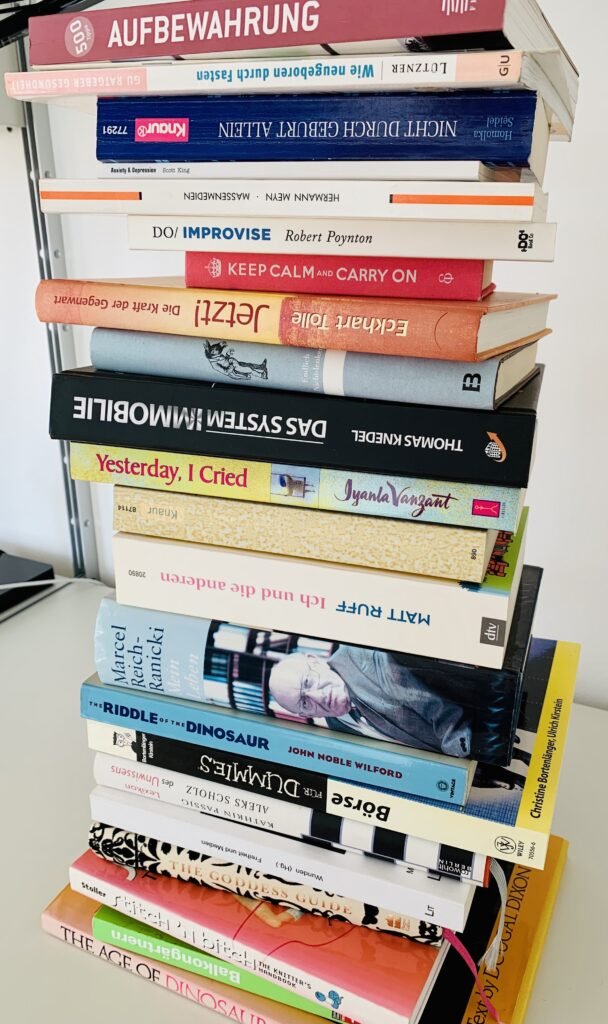
Where paperwork is concerned, your goal should be to get as much digitised as possible. Of course, there are certain papers which you absolutely must keep in their original paper form. Birth certificates, property deeds, official governmental documents and the like. Beyond such paperwork though, you’ll find that you can scan and save most everything digitally.
Proceed by stack, shelf, or folder. Sort papers into one of three categories: to-do, file/scan, or shred. Once you sort each segment, work on the to-do pile which is anything you need to take action on.
Paperwork in your file/scan pile can be archived, saved to your note-taking app, or scanned into a digital filing system. Finally, tackle the stack of stuff for the shredder and then discard the shreds.
Valuables
Fine jewellery, oldtimers, coin collections, rare instruments, works of art, precious metals and other valuables should already be in your home inventory tracker, if only for insurance purposes. If you haven’t taken stock of such items yet, now’s the time!
You’ll want to give some thought as to whom you’d like to leave these valuables. In many families, such items often become a source of ugly dispute. In some cases, you might find it makes better sense to start selling off your valuables now. That cash income can simply flow back into your net worth rather than cause a family feud after your death.
Whatever you decide, use this task area of your Swedish death cleaning checklist to assess your valuable inventory, get any appraisals, and devise your plan of action.
Digital Preparations
When preparing for your potential parting, you need to consider all of your digital assets along with your physical belongings.
Login information, social media accounts, NFTs, tokens, cryptocurrencies, encrypted hard drives: don’t neglect your digital legacy. Take stock of what you have, and decide who will need access to it all if you pass away.
Once you have these assets mapped out, add an appendix with the respective instructions and login credentials to your will and testament.
Write Your Will and Testament
This is something I’ve personally been putting off for quite a while. I’m including it here on the Swedish death cleaning checklist because it’s really imperative. Just yesterday I was reading about how only one in four Europeans leaves behind a last will and testament. This makes estate management for your loved one extremely difficult in a lot of cases, causes unnecessary additional stress to them, and can even flame a family war.

Throughout all of the above steps in your checklist, start making a list or a note in your home inventory tracker as to whom you’d like to leave what. More importantly, start thinking about how your net worth should be divvied up when you’re gone.
You will need to account for assets and tangibles such as real estate, life insurances, savings and investment accounts, cryptocurrencies and tokens, automobiles, and any valuables. You might be surprised by how much you have. Don’t let it go to the government! In a lot of locales, that’s precisely what happens if you haven’t regulated everything beforehand.
Here are a few informative links to help you with your will in the UK, Australia, Canada, and the US.
Sentimental and Secret Items
If you’ve made it this far with your Swedish death cleaning checklist, congratulations! Now comes a task that is fun, sad, tough, and time-consuming all together. It’s time to sort through your nostalgic items. These can include things like photo albums, letters, mementos, scrapbooks, and family heirlooms. Sitting down to sort through these will be like opening up a gateway to the past. Be gentle with yourself, and take your time.
There is no conclusive advice to give here as to how to declutter. If you find any blurry or duplicate photographs, you can certainly throw them out now. As to the rest, it’s really up to you.
Personally, I have not discarded anything of this nature. What I did was get some archive-proof velum envelopes for all the original photographs in my numerous photo albums. Those were hogging up so much space in my library bookshelf. I removed all the photos and put them in vellum sleeves by month/year. Then I archived the vellum envies in translucent archive boxes from Muji. Should I ever want to look through a certain year, it is easy to find.
I did the same for letters: they are all archived by year and stored in a box from Muji. I supposed I could have digitised them, but they made me too sad to scan and throw away.
Do what feels right to you. If you’re keeping certain letters, stow them in a throwaway box (see below). Family photographs can be passed on to the next generation.
In her book, Döstädning, Mrs Magnusson discusses the issue of secrecy, saying if it is a secret while you’re alive, it should remain a secret after you depart. We all have secrets, and they naught be dirty or nasty, just personal. Perhaps you vented your frustrations in hand-written journals in the past. You might want to destroy them when you reach older age, lest they cause distress to those who discover them. Or if you have a quirky fetish no one knows about, they don’t need to know about it when you’ve departed, either. And so on.
Have a good think about what you’d like to keep under wraps. Then take the necessary steps to keep your secrets secret. If you feel too young to destroy any letters or journals just yet, keep them in a corner of your home and stipulate by will and testament that a certain person you trust is in charge of destroying them upon your death. And if you’re already living in an elderly community and not hitting the kink club scene much anymore these days, you might want to get rid of your extensive collection of latex garments. To each their own (!), but your relatives don’t necessarily need to know about it.
Make a Throwaway Box for Personal Items
As a final step to cross off your Swedish death cleaning checklist is the throwaway box. What is that, you ask? Very simply: a box to hold things precious to you, but which have no value or interest to others. For example, the letters mentioned above in the Sentimental Items task. Or newspaper clippings. Or your high school yearbook from senior year. And so on. Stuff you absolutely cannot part with, but which holds no value to anyone but yourself.
Put these keepsakes in a nice big box, and label it “Private! Throw away without opening!” This helps your loved ones navigate your stuff, whilst still preserving your privacy.
How Do You Know When You’re Done Death Cleaning?
How do you know when you’ve actually finished death cleaning? That’s completely individual and personal. Only you can tell.
Let’s say your goal is to sell your house and move into a small one-bedroom flat where you’ll have better access to cultural events, friends, and community in your final years. You’ll know you’re done when you have the sense that your things will fit nicely in the new tiny home.
On the other hand, if you set out to simply streamline everything at home and live more minimally, you’ll know you’re finished death cleaning for now when you feel a sense of comfort and satisfaction in the remaining belongings you chose to keep. Plus, if you already know who’s going to get those things later on down the road, you’re way ahead of the game. Depending on your age, you can come back to your Swedish death cleaning checklist again and again to weed out anything that has crept into your inventory.
Beyond this, there are a few easy things you can do well into old age. Maintain a home inventory tracker so you know who gets what, and what you still have. Keep your digital assets, paperwork, and testament up to date. Finally, stay connected with your support network. Let them know how you are and if you’ve had any big changes to your household.
Enjoy your things and your home, and don’t forget to live life in the present, either!
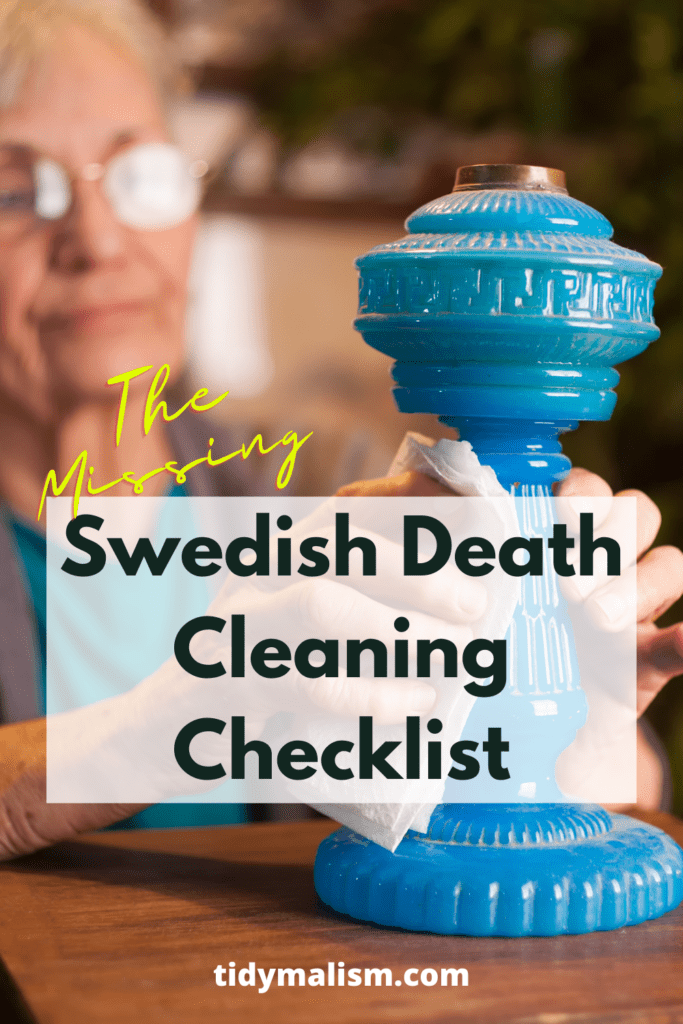

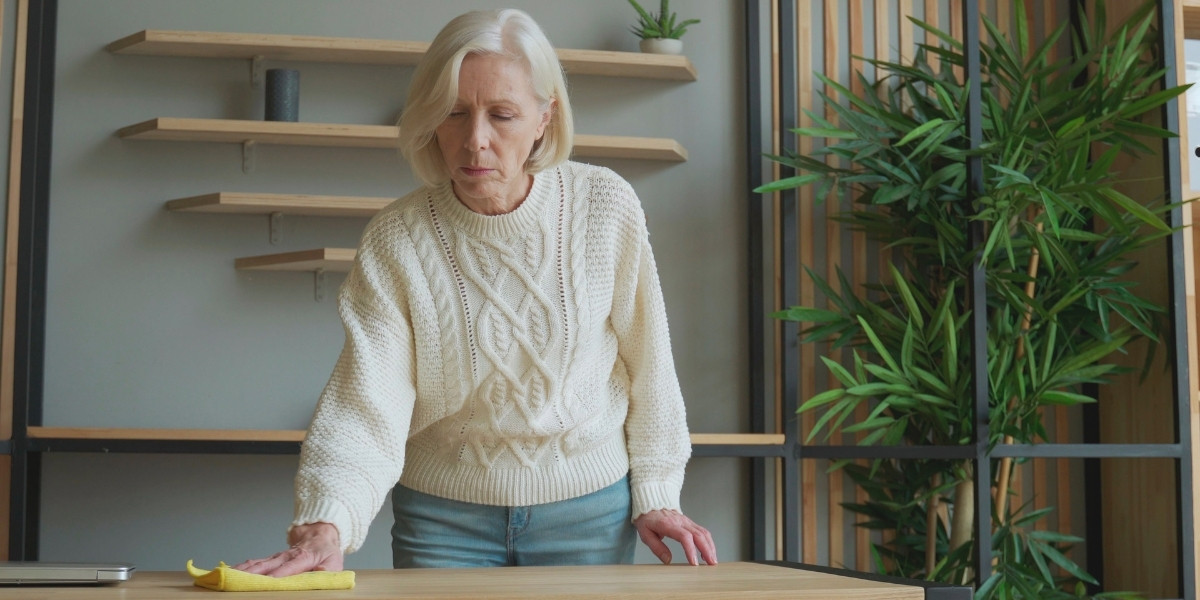





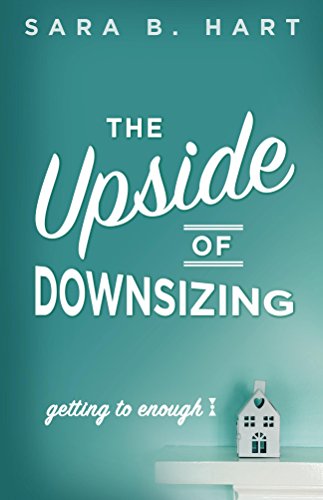









Leave a Reply